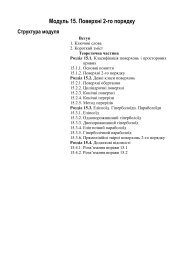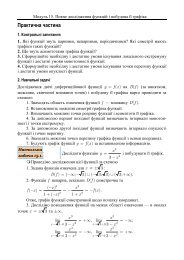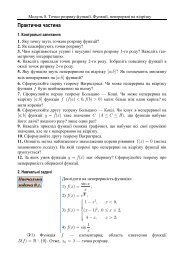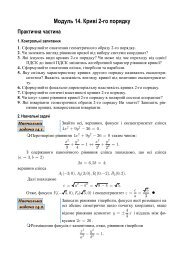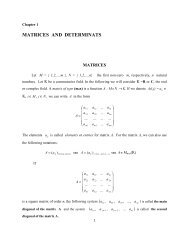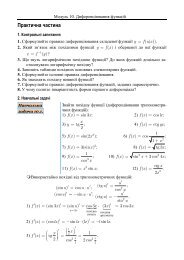4. Perception Understanding Key Concept - Uuooidata.org
4. Perception Understanding Key Concept - Uuooidata.org
4. Perception Understanding Key Concept - Uuooidata.org
You also want an ePaper? Increase the reach of your titles
YUMPU automatically turns print PDFs into web optimized ePapers that Google loves.
from 133 Fortune 500 firms showed that female directors were favored for membership on onlythe relatively peripheral public affairs committee in these <strong>org</strong>anizations. Males were favored formembership on the more important compensation, executive, and finance committee, even whenthe females were equally or more experienced than their male counterparts.Here, we reiterate our previous message: Both managers and employees need to be sensitive tostereotypes; they also must attempt to overcome them and recognize that an increasingly diverseworkforce can be a truly competitive advantage.HALO EFFECTSA halo effect occurs when one attribute of a person or situation is used to develop an overallimpression of the individual or situation. Like stereotypes, these distortions are more likely tooccur in the <strong>org</strong>anization stage of perception. Halo effects are common in our everyday lives.When meeting a new person, for example, a pleasant smile can lead to a positive firstimpression of an overall “warm” and “honest” person. The result of a halo effect is the same asthat associated with a stereotype, however: Individual differences are obscured.Halo effects are particularly important in the performance appraisal process because they caninfluence a manager’s evaluations of subordinates’ work performance. For example, people withgood attendance records tend to be viewed as intelligent and responsible; those with poorattendance records are considered poor performers. Such conclusions may or may not be valid. Itis the manager’s job to try to get true impressions rather than allowing halo effects to result inbiased and erroneous evaluations.SELECTIVE PERCEPTIONSelective perception is the tendency to single out those aspects of a situation, person, or objectthat are consistent with one’s needs, values, or attitudes. Its strongest impact occurs in theattention stage of the perceptual process. This perceptual distortion is identified in a classicresearch study involving executives in a manufacturing company. When asked to identify the keyproblem in a comprehensive business policy case, each executive selected problems consistentwith his or her functional area work assignments. For example, most marketing executivesviewed the key problem area as sales, whereas production people tended to see the problem asone of production and <strong>org</strong>anization. These differing viewpoints would affect how the executivewould approach the problem; they might also create difficulties once these people tried to worktogether to improve things.More recently, 121 middle- and upper-level managers attending an executive development







